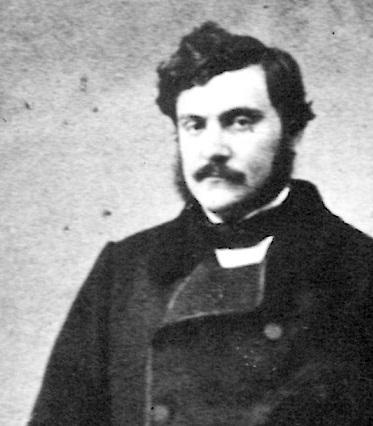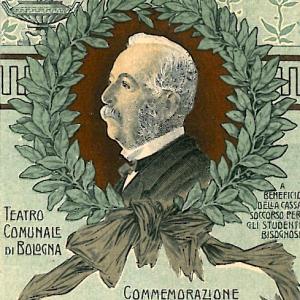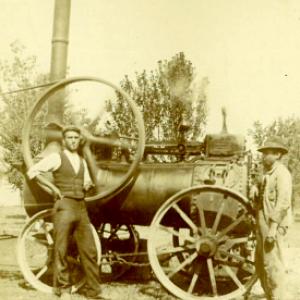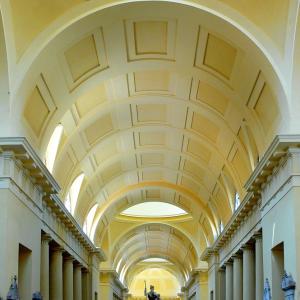Scheda
Gioacchino Napoleone Pepoli was the son of the Marquis Guido Taddeo and Letizia Murat (the king of Naples Gioacchino Murat's nephew) and the cousin of the emperor Napoleon III. He was born on the 10th of October 1825 and in 1844 he married Wilhelmina from Hohenzollern-Sigmaringen, cousin of the king of Prussia and his cousin too. He was a liberal advocate since he was young and in 1846 he was one of the petitioners of Bologna who demanded the "plea" addressed to Pio IX requiring a reform in the Papal State. In 1848 he became the head of the civilian guards, and he was one of the few noblemen from Bologna who fought with commoners at the "Montagnola" for the freedom of the town, which was threatened by the Austrian. He is portrayed battling in a painting of Antonio Muzzi, entitled "The Expulsion of the Austrian from Porta Galliera on the 8th of August 1848", which was painted the day after these events and was exposed in the Museum of the Risorgimento of Bologna.
When the Austrian Government returned in Bologna, he was exiled for three years, during which he lived in Tuscany with his family. When he came back to the city, his palace became the core of liberal activities that wanted to unify the different states of the Italian Peninsula. In 1859 he took part in the uprising of Romagna and he was the one who ordered to chase away the Papal State from the town. In the following months he took part in the Temporary Council of the Government, and later he held the posts of Foreign Minister, Finance Minister and General Commissioner of Umbria, where he prepared the referendum for the incorporation of that region (Umbria) to the reign of Italy. He was Minister of agriculture, industry and trade in the Gabinetto Rattazzi (1862) and he was Plenipotentiary Minister in Petersburg (1863). After being deputy of the Council of Romagna, he was a parliamentary of the kingdom of Italy and was also appointed Senator on the 12th of March 1868. He was then charged with some diplomatic missions for Napoleone III. He was a very important figure in stipulating the Convention of September (1864) where the French pledged the withdrawal of their army from Rome and in return Italy promised not to invade the Papal State. Another important thing he made during his life was putting pressure on Napoleone III in order to have Vittorio Emanuele II as the guide of the Italian unification, this showed his clear aversion to Mazzini and to the followers of Garibaldi. After being councilman of Bologna from 1860, he became mayor until 1868, when he decided to leave the office to become ambassador in Vienna. From the 70s he became very devoted to social issues, though always playing a moderate role: he founded the Bolognese Agriculture Society, the Pension Fund for the invalids and a bank for loans and savings.
At his death, occurred on the 26th of March 1881, he was buried in the sumptuous family chapel, located at the centre of the "Loggia del Colombaro" in the Certosa cemetery of Bologna. The portrait dedicated to him was sculpted by Carlo Monari and the gravestone below remembers his good heart and his major services to the city of Bologna where he was born (10 October 1825) and died (26 March 1881).
Mirtide Gavelli
Traduzione dall'italiano di Sophia Derweduwen, Teresa Ferraresi e Matteo Pierantoni; Liceo ginnasio Luigi Galvani Bologna, anno 2017-2018. Supervisione prof. Annamaria Marconi e Alfonsino Soffritti.





